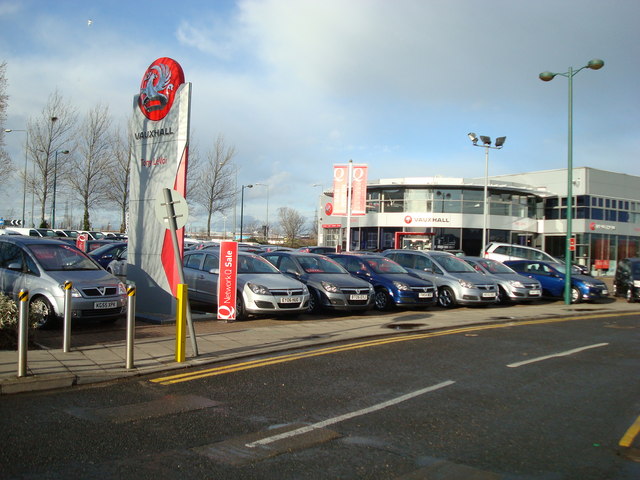When it comes to buying a car, with the average new car price over $48,000 USD, many people will consider a used car. But tread carefully after a disaster like typhoon or hurricane: After a hurricane or flood, storm-damaged cars are sometimes washed and shipped abroad for sale. You can’t tell if a car is damaged unless you look closely.
If you’re shopping for a used car, note the following:
- Check for signs and smells of flood damage. Is there mud or sand under the seats or dashboard? Is there rust around the doors? Is the carpet loose, stained, or mismatched? Do you smell mold or decay — or an odor of strong cleaning products — in the car or trunk?
- Check for a history of flood damage. The National Insurance Crime Bureau’s (NCIB) free database will show if a car was flood-damaged, stolen but not recovered, or otherwise declared as salvaged — but only if the car was insured when it was damaged.
- Get a vehicle history report. Start at vehiclehistory.gov to get free information about a vehicle’s title, most recent odometer reading, and condition. For a fee, you can get other reports with additional information, like accident and repair history. The FTC doesn’t endorse any specific services. Learn more at ftc.gov/usedcars.
- Get help from an independent mechanic. A mechanic can inspect the car for water damage that can slowly destroy mechanical and electrical systems and cause rust and corrosion.
Avoid buying a flood-damaged car – we show you how

